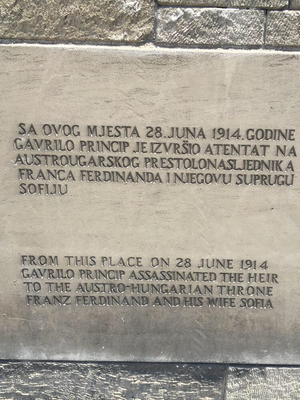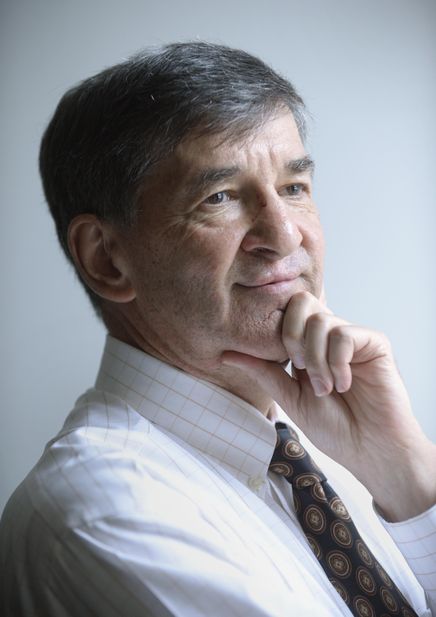Europe Tour 2017: Chapter Five
SARAJEVO, Bosnia Herzegovina - Week four of my four months of travel throughout Europe is now in the books. The official count for my journey without adult supervision is five countries, four islands and scores of historic sights.
Before arriving in Sarajevo for a too-short visit, I spent three sun-drenched days on the Adriatic coast of Split in Croatia. Split was packed with tourists, but I navigated the crowds smoothly and avoided any disagreements requiring UN intervention.
The Diocletian's Palace is an ancient one, built for the Roman Emperor Diocletian at the turn of the fourth century AD. It is clearly the main attraction in Split. The tour of the palace cellars was one of several excellent recommendations from a new Croatian friend, Ninoslava Kuhn. The cellars include parts of large stone pipes from the ancient sewage system used in the period 295 to 305 AD.
As I've written earlier, I have this thing about European fortresses and the one atop Split is a show stopper,. The old prison cells fascinated me. I want one of the cannons for my fire escape perch outside my Spokane apartment.
I flew from Split to Zagreb and on to Sarajevo on Wednesday evening. It went pretty smoothy and each leg was less than an hour. I woke up on Thursday morning with one mission: Find the site of the assassination in 1914 that led to WW I. Mission accomplished: I stood on what historians cite as the exact spot where Gavrilo Princip stood and fired the fatal shots that struck Archduke Franz Ferdinand and his wife Sophie as their royal car turned the corner near the Latin Bridge. Ferdinand was the heir presumptive to the Astro-Hungarian throne . The objective of their murder was to break off Austria-Hungry's South Slave provinces so they could be combined into a Yugoslavia. As the world knows, chaos ensued.
Next, I visited the museum honoring the very best of Bosnian literature and the theater arts. I am humbled by how little I know about those singled out in the museum. Novelist Ivo Andric, for example, won the Nobel Prize in literature in 1961. Andric's works were translated into more than 20 languages. Note to self: Find one of his novels to read.
My final stop on the magical history tour in Sarajevo was the History Museum of Bosnia Herzegovina, recommended to me by my Airbnb host, Amila. Amila, 27, still lives in the apartment she was born in during the siege of Sarajevo. One of the key exhibits of the museum focuses on the siege, a three-year attack by Bosnian Serbs. The onslaught is considered the longest siege of a capital city in the history of modern warfare. The sober photos and narratives of how difficult it was to endure the siege are devastating. The photos of legless children or dead infants are raw and heartbreaking.
As I prepare to leave Sarajevo, I find myself wishing I had added another day to my visit. If time allowed, l would visit the Olympic Village of 1984, Tito's bunker, and the tunnel near the airport that was the lone escape or travel route for people living under the siege.
I leave with many positive experiences in mind. I was curious as to whether the devastation of the war would still be painfully evident. The city seems to have made a remarkable recovery, based on an admittedly short visit, but I have to believe the lives of the people who lived here then and remain here now are forever changed.
Early this morning I finished reading Madness Visible, A Memoir of War, by veteran war correspondent Janine di Giovanni. I highly recomend it for anyone interested in reading about the Balkans wars. Di Giovanni's account provides the context and the human cost of a conflict that seemingly raged endlessly.
I will close on a sweet note. The local grocery clerk firmly rejected my attempt to pay for my soft drink with a Euro on Thursday morning. I had not yet acquired any Marka, the official currency, Another customer, a sweet, wrinkled woman wearing a headscarf insisted on buying the drink for me. How's that for a happy ending?

